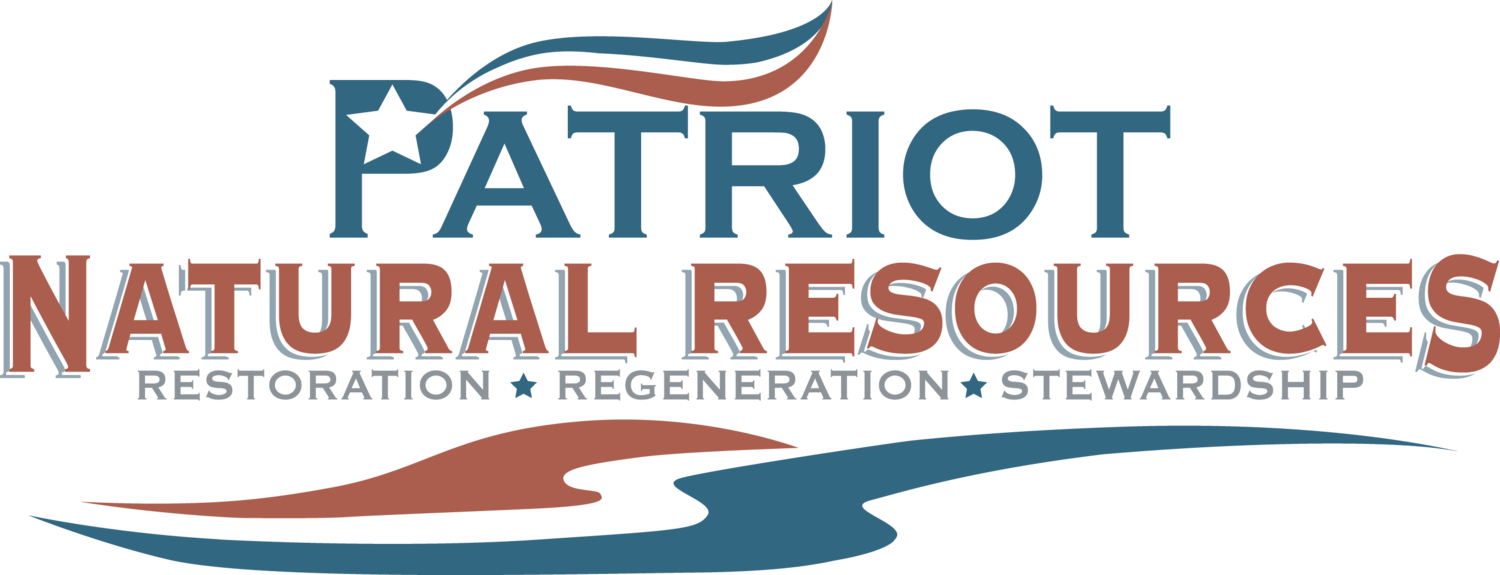Understanding the Maryland Stormwater Management Act: Protecting Our Waterways and Communities
The Maryland Stormwater Management Act of 2007 is a cornerstone of the state’s environmental protection efforts, directly addressing the challenges posed by stormwater runoff. This legislation aligns with the federal Clean Water Act, reinforcing Maryland’s commitment to safeguarding water quality and reducing pollution in vital waterways such as the Potomac River, Monocacy River, and the Chesapeake Bay.
As Maryland continues to experience the impacts of urban development and climate change, updates to the Act and its related regulations ensure that stormwater management practices remain effective, sustainable, and forward-thinking. In this article, we’ll explore the goals of the Maryland Stormwater Management Act, how it ties to the Clean Water Act, and what recent updates mean for property owners, developers, and municipalities.
What Is the Maryland Stormwater Management Act?
Enacted in 2007, the Maryland Stormwater Management Act emphasizes the use of Environmental Site Design (ESD) to the Maximum Extent Practicable (MEP). This approach focuses on managing stormwater at its source, using natural processes and small-scale techniques to mimic pre-development hydrology. Key goals of the Act include:
• Reducing Runoff Pollution: Minimizing pollutants like sediment, nutrients, and oils from reaching local waterways.
• Preventing Flooding: Managing stormwater effectively to reduce the risk of urban and downstream flooding.
• Protecting Natural Ecosystems: Preserving the health of rivers, streams, and the Chesapeake Bay.
Tying the Act to the Clean Water Act
The Maryland Stormwater Management Act builds upon the federal Clean Water Act (CWA) of 1972, which established a nationwide framework for protecting water quality. The CWA requires states to develop programs that manage stormwater runoff, a significant source of water pollution.
Maryland’s Act complements these federal requirements by:
• Enforcing Local Standards: Setting stricter design and maintenance requirements for stormwater facilities to ensure compliance with federal water quality standards.
• Restoring the Chesapeake Bay: Contributing to regional efforts to meet the Chesapeake Bay Total Maximum Daily Load (TMDL), a pollution diet established under the Clean Water Act.
• Improving Municipal Separate Storm Sewer Systems (MS4s): Supporting municipalities in reducing stormwater pollution from urbanized areas.
Recent Updates: Advancing Stormwater Resiliency
In response to evolving climate patterns and urban development challenges, Maryland has introduced updates to its stormwater management regulations under the Advancing Stormwater Resiliency in Maryland (A-StoRM) initiative. These changes, proposed by the Maryland Department of the Environment (MDE), aim to modernize stormwater standards and improve resilience.
Key updates include:
• Updated Rainfall Data: Incorporating the latest precipitation patterns to design stormwater systems that can handle higher-intensity storms.
• Enhanced Environmental Site Design (ESD): Promoting small-scale, non-structural techniques to manage runoff more effectively and closer to its source.
• Flood Management Improvements: Strengthening standards to address urban flooding caused by climate change.
These updates help ensure that stormwater systems in Maryland remain effective at protecting local waterways and the Chesapeake Bay.
Why It Matters for Property Owners and Developers
1. Compliance with State and Federal Laws
Property owners and developers must design and maintain stormwater systems that comply with the Maryland Stormwater Management Act and the Clean Water Act. Non-compliance can lead to penalties, corrective actions, or delays in permitting.
2. Protecting Water Quality
Well-designed stormwater systems reduce pollutants entering rivers like the Potomac River and Monocacy River, supporting Maryland’s efforts to restore the Chesapeake Bay.
3. Preparing for Climate Challenges
With updated rainfall data and flood management standards, compliant stormwater systems help communities adapt to more frequent and severe storms.
How to Stay Compliant and Effective
Property owners, developers, and municipalities should:
• Partner with Experts: Work with a professional stormwater management company, like Patriot Natural Resources, to ensure your system is compliant and efficient.
• Regularly Maintain Systems: Schedule routine inspections, sediment removal, and vegetation control to keep systems functioning properly.
• Plan for Updates: Incorporate new design standards and rainfall data into system upgrades.
Maryland’s Commitment to Clean Water
The Maryland Stormwater Management Act is more than just legislation—it’s a reflection of the state’s commitment to protecting water quality, reducing pollution, and preserving natural resources. By aligning with the Clean Water Act and adapting to modern challenges, Maryland continues to lead the way in sustainable stormwater management.
Partner with Patriot Natural Resources
At Patriot Natural Resources, we specialize in stormwater management solutions that meet Maryland’s stringent regulations and support federal Clean Water Act goals. From system design to maintenance and compliance, we help property owners and municipalities protect their assets and contribute to a healthier environment.
Contact us today to learn how we can assist with your stormwater management needs and ensure compliance with state and federal laws.

